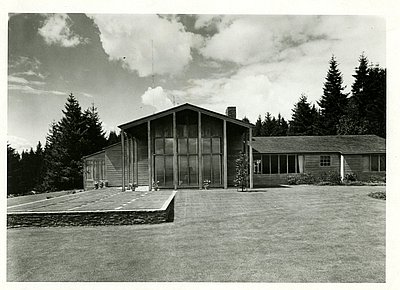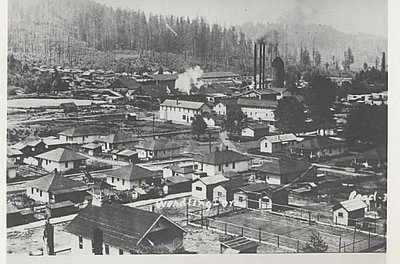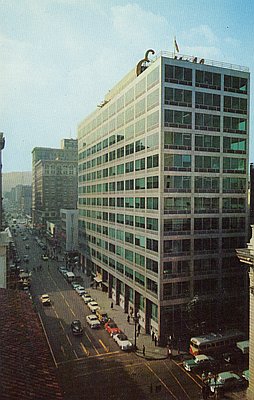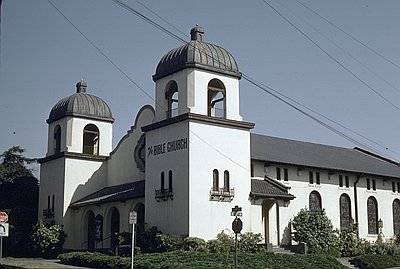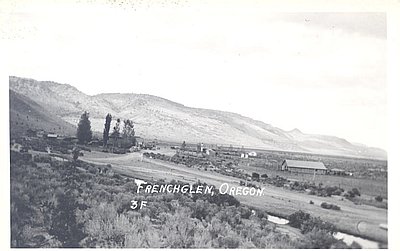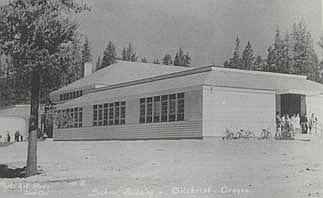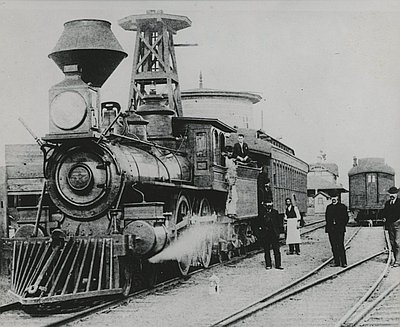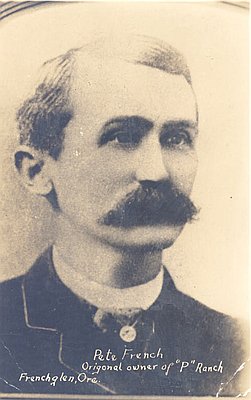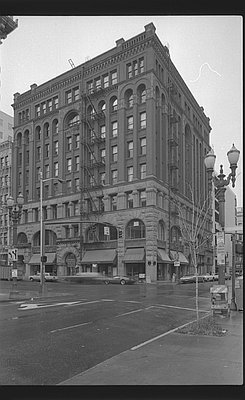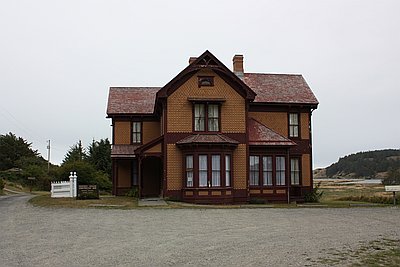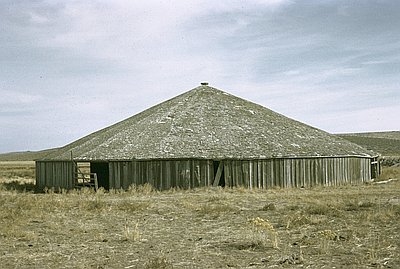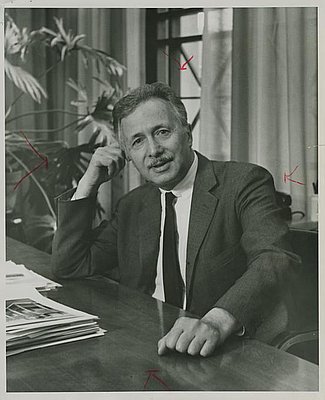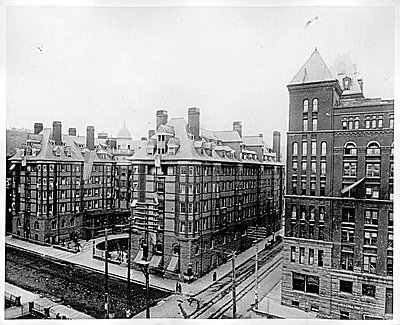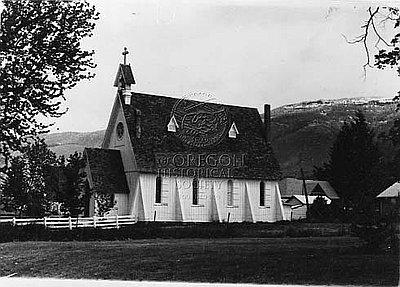Leland Roth
Leland M. Roth received an architecture degree from the University of Illinois (Champaign), 1966, and his doctorate from Yale in 1971. After teaching at Ohio State University and Northwestern University, he came to the University of Oregon where he taught from 1978 to 2010, as the Marion Dean Ross Distinguished Professor of Architectural History since 1992. He is the author of A Concise History of American Architecture (New York, 1979), several books and monographs on the New York architects McKim, Mead & White, Understanding Architecture: Its Elements, History, and Meaning (New York, 1993; 2nd ed. 2007), and American Architecture: A History (Boulder CO, 2001).
Author's Entries
-
![Aubrey Watzek House]()
Aubrey Watzek House
The Aubrey Watzek House (1936-1938) in Portland’s west hills could be described as the most important early modern residence in Oregon. When a picture of the house was published by the Museum of Modern Art in New York in Art in Our Time (1939), and again in Built in USA: …
Oregon Encyclopedia
-
![Company Towns]()
Company Towns
While there have been scores of industrial settlements and communities in Oregon, there have been few planned company towns. By conventional definition, company towns are industrial communities, usually self-contained, in which the company owns and maintains the land, production facilities, and buildings, including shops, stores, schools, and workers’ homes. Dating …
Oregon Encyclopedia
-
![Equitable Building]()
Equitable Building
Designed by Pietro Belluschi, Portland's Equitable Building (also known as the Commonwealth Building and the Equitable Savings & Loan Building) was the first major glass-enclosed modernist office building completed in the country after World War II. Belluschi's design initiated a building type that became synonymous with post-war business …
Oregon Encyclopedia
-
![Frederick Manson White (1863-1952)]()
Frederick Manson White (1863-1952)
Portland architect, Frederick Manson White (1863-1952) was responsible for many distinctive commercial, religious, and educational buildings in Oregon that are still in use today. White was born in 1863 in Derby, England, to John T. and Elizabeth White; he immigrated to the United States in 1875. His earliest biography, an …
Oregon Encyclopedia
-
![Frenchglen Hotel]()
Frenchglen Hotel
Frenchglen is a small desert community sixty miles south of Burns whose population varies from twelve to fifteen permanent residents. In this small town on OR 205 is the Frenchglen Hotel, a hostelry built in 1924 and expanded in 1938. It replaced an earlier hotel at what was originally called …
Oregon Encyclopedia
-
![Gilchrist]()
Gilchrist
Gilchrist, in northern Klamath County, located along U.S. Highway 97 about fifty miles south of Bend, was the last industrial company town in Oregon owned entirely by a family. Located in the Deschutes National Forest, the town was built to accommodate the factory, workers’ housing, and commercial facilities for the …
Oregon Encyclopedia
-
![Henry Villard (1835-1900)]()
Henry Villard (1835-1900)
Henry Villard gained national significance as a journalist, advocate of abolition, and railroad financier. For Oregon, he is best remembered as the man who brought the first transcontinental railroad to the Northwest in 1883, connecting Oregon to the rest of the country. He sponsored several trend-setting buildings in Portland and …
Oregon Encyclopedia
-
![John William "Pete" French (1849-1897)]()
John William "Pete" French (1849-1897)
Peter (or Pete) French was a stockman of near-legendary status who ran great herds of cattle and horses in southeastern Oregon at the end of the nineteenth century. He is known for building the Pete French Round Barn near New Princeton, southeast of Burns, and is the namesake (along …
Oregon Encyclopedia
-
![McCaw, Martin, and White Architects]()
McCaw, Martin, and White Architects
McCaw, Martin & White was a prominent architectural firm active in Portland at the end of the nineteenth century. It was responsible for some of the most substantial Romanesque-style buildings in Oregon, some of which are still extant. William Frederick McCaw, the son of an architect and builder, was born …
Oregon Encyclopedia
-
![Patrick and Jane Hughes House]()
Patrick and Jane Hughes House
Built in 1898, the Patrick and Jane Hughes House in Curry County is a significant survivor of a large, prosperous ranch and dairy business operated by Patrick Hughes and his family. Located just north of the headland of Cape Blanco, the imposing house was built on an elevated terrace …
Oregon Encyclopedia
-
![Peter French Round Barn]()
Peter French Round Barn
Standing clear on a low rise in a sagebrush-dotted expanse of the eastern Oregon rangeland is the round barn built by Peter French and his P Ranch cowhands (vaqueros or Californios who came north from the central valley) in 1883 or 1884. The structure, located about thirteen miles south …
Oregon Encyclopedia
-
![Pietro Belluschi (1899-1994)]()
Pietro Belluschi (1899-1994)
Pietro Belluschi of Portland was an internationally known architect and a key innovator in the development of an elegant modernism, especially in residences suited to the materials and climate of the Pacific Northwest. His work won him widespread admiration and resulted in his appointment as dean of the School of …
Oregon Encyclopedia
-
![Portland Hotel]()
Portland Hotel
The Portland Hotel (originally called the Hotel Portland), a project initiated by Henry Villard and the Northern Pacific Railroad, was designed in 1882-1883 and constructed in 1888-1890. The hotel established a new standard in elegance for accommodations in Portland and introduced patrons and local architects to the latest architectural …
Oregon Encyclopedia
-
![Reuben Nevius (1827-1913)]()
Reuben Nevius (1827-1913)
Reuben Denton Nevius—clergyman, missionary, educator, and botanist—founded thirty Episcopalian congregations in eastern Oregon and Washington in the second half of his long and active life. He directed the building of at least fifteen churches and is credited with the conceptual design of many more. Nevius was born on a farm …
Oregon Encyclopedia


